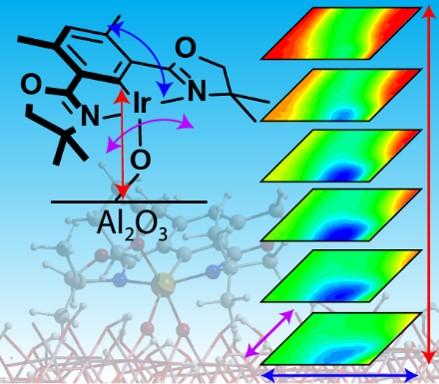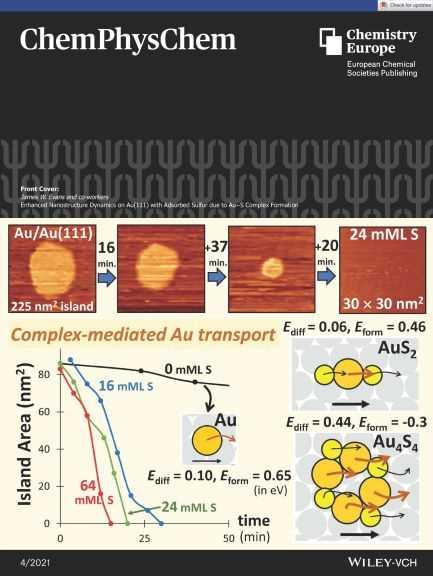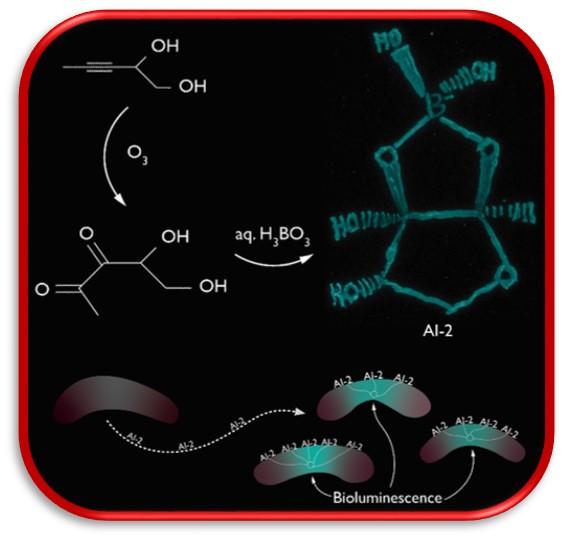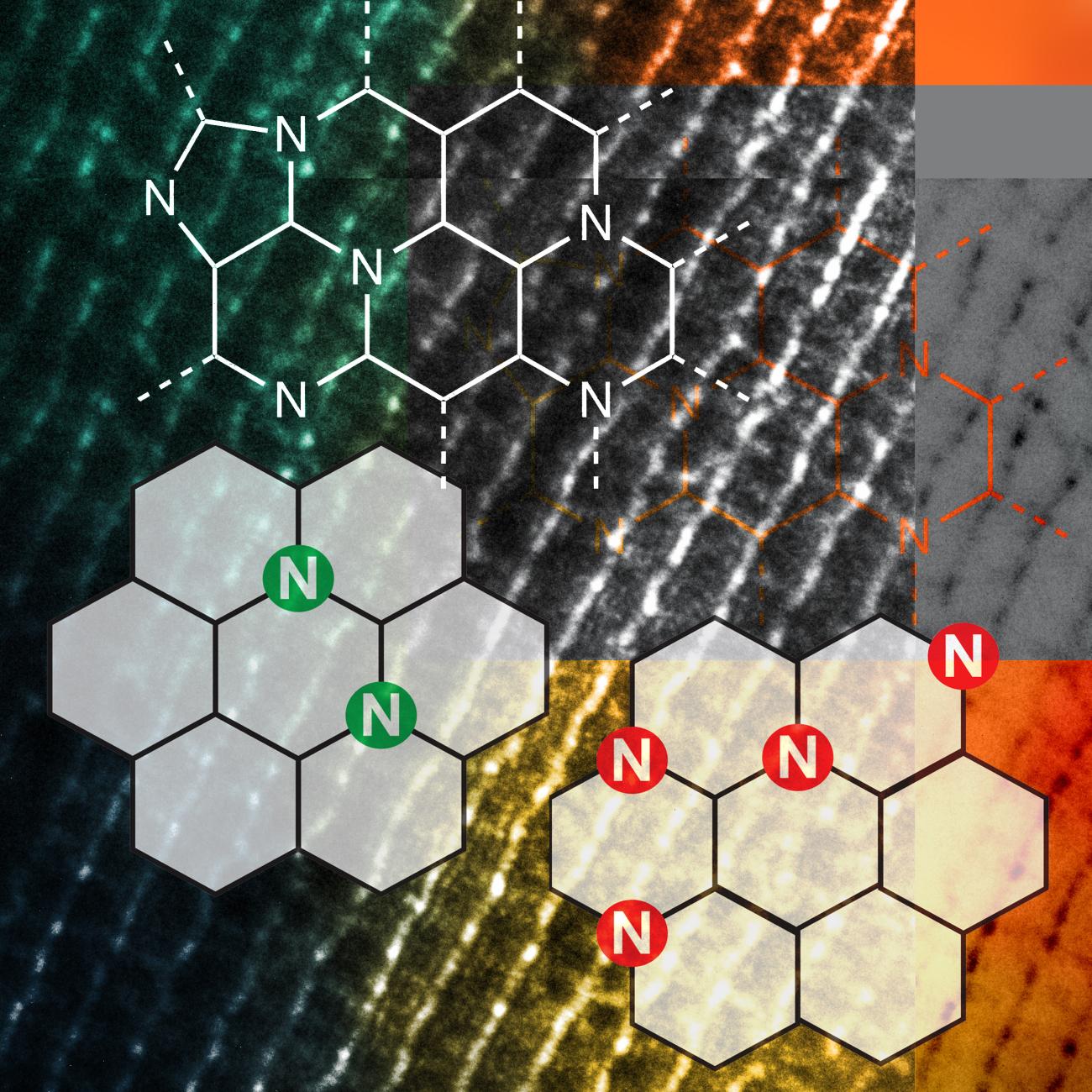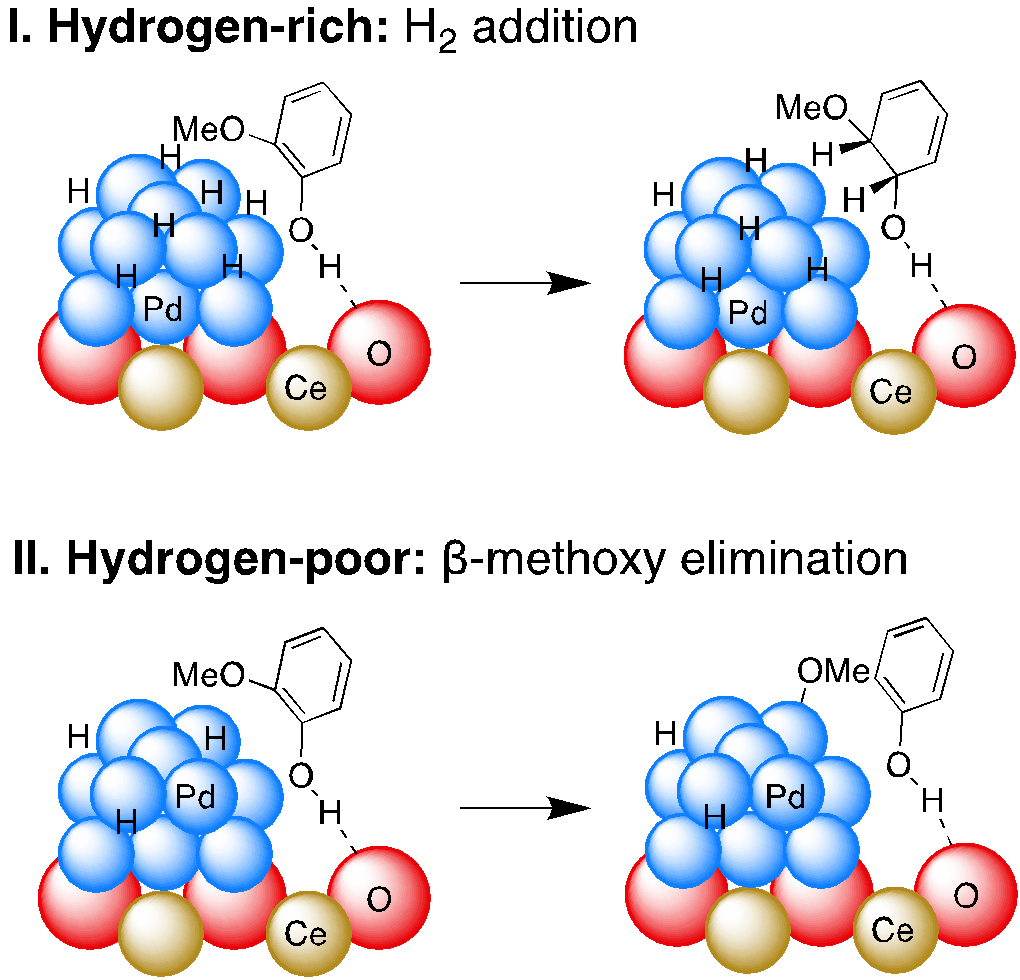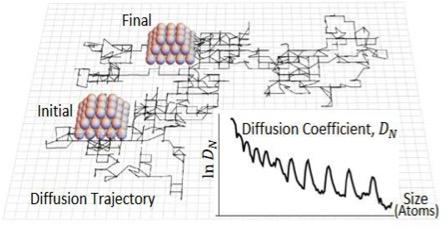Revealing the 3D Configuration of SOMC Catalysts
The three dimensional structure, orientation, and configuration of a supported Ir catalyst was determined with atomic precision; the first such demonstration for a supported complex.
